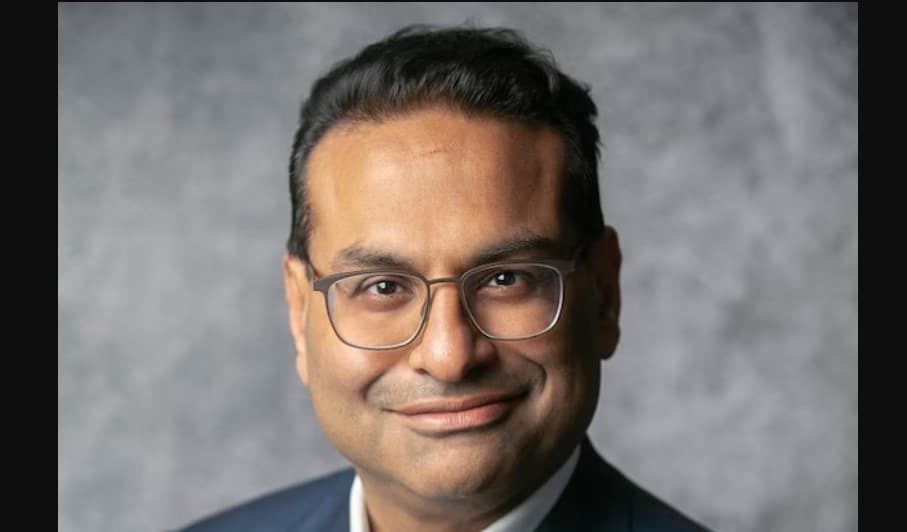Starbucks – one of the world’s largest coffee giants is struggling with financial challenges that have culminated in the abrupt exit of Indian-origin CEO Laxman Narasimhan. The coffee giant, renowned globally for its brand and coffee, has seen a notable decline, prompting the company’s leadership change.
On August 13 Starbucks announced that Chipotle chief executive Brian Niccol has been appointed chairman and chief executive officer of the global coffee company. Niccol replaces Narasimhan who is stepping down as CEO and as a director effective immediately.
Niccol will start in his new role on September 9, 2024. Starbucks chief financial officer, Rachel Ruggeri, will serve as interim CEO until that time.
The former Reckitt chief Narasimhan’s appointment as Starbucks CEO was celebrated and covered widely across the world, when he was announced as the next CEO in September 2022, succeeding Howard Schultz.
Narasimhan’s efforts to turnaround the decline in the same-store sales didn’t reap results, worsening the situation as the company cut guidance in April as US sales declined and China business’ growth decelerated.
Some of the reasons include, falling sales numbers, in April. Starbucks reported a decrease in same-store sales for the first time in nearly three years. This decline affected both U.S. and international markets leading the company to lower its annual sales forecast.
Facing competition in the U.S. coffee market, Starbucks initiated enhanced discounting while similar approach was taken by competitors like Dunkin’ Donuts, which intensified the market rivalry. Starbucks has increased its marketing budget to appeal to younger demographics, particularly Gen Z and millennials, spending approximately $508 million globally in 2023 to counteract this competitive pressure.
Last year, a tweet from Starbucks Workers United in support of the ongoing war in Gaza led to widespread boycotts and negatively impacted the company’s market value. The union represented 340 U.S. outlets, and the post sparked calls to boycott the coffee giant. Some estimates suggested it could have cost Starbucks around $11 billion in market value.
Coffee prices have been on the rise since 2023 and have squeezed Starbucks’ profit margins, forcing the company to pass higher costs onto consumers. Earlier in August 2024, Brazil – one of the world’s top coffee beans producers, pushed Arabica coffee prices higher due to adverse weather conditions.
Schultz’s recent comments underscored the urgency of addressing these issues particularly within U.S. operations and bringing the focus back. He stressed the solution lies in a detailed focus on improving the in-store customer experience rather than relying solely on data-driven challenges. “I have emphasized that the company’s fix needs to begin at home: U.S. operations are the primary reason for the company’s fall from grace. The stores require a maniacal focus on the customer experience, through the eyes of the merchant. The answer does not lie in data, but in the stores,” he said in May.
As Starbucks navigates these challenges, the company will need to reassess its strategies and operations to restore its branding in the market.
Read more: Laxman Narasimhan steps down as Starbucks global CEO
